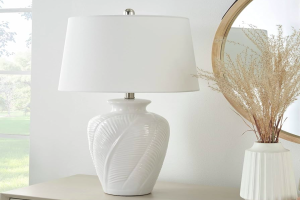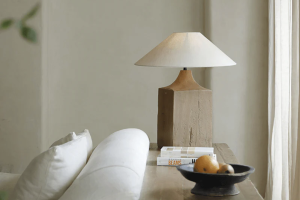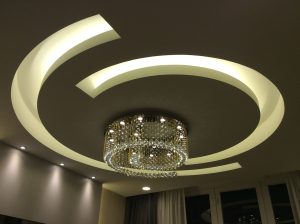Introduction
If you are a fan of interior design, you have most likely come across the stunning Beat Pendant from Tom Dixon. This iconic fixture is well-known for its contemporary style, exquisite craftsmanship, and remarkable versatility. In this article, we will explore the features and characteristics of the Beat Pendant, and discover how it has become a beloved piece of artistic lighting that has captured the hearts of designers and homeowners all around the world.
Origins and Design
The Beat Pendant was first introduced by Tom Dixon in 2006, as part of his wider Beat collection. The collection was inspired by the traditional Indian cooking vessels, known as “matka”. The Beat Pendant is made out of spun brass, with a distinctive, hand-beaten interior. This creates a contrast of textures and finishes, which coupled with the soft glow of the light, produces a unique and mesmerizing effect.
The pendant’s design is highly versatile and adaptable. It comes in four different shapes and sizes, ranging from tall and slim to short and wide. Each shape is designed to create a different ambiance and to complement various interior styles. The pendants also come in a range of finishes, from highly polished brass to striking black, providing options for anyone who appreciates fine design.
The Magic of the Beat Pendant
The Beat Pendant is highly popular due to its unique properties. It produces a warm, soft glow, which enhances the ambiance of any room. The hand-beaten interior of the pendant is the key feature that sets it apart from other lighting fixtures. The copper surface creates an interesting interplay of light and shadow, making the pendant look almost like a sculpture. The Beat Pendant becomes a centerpiece of any room, drawing the eye with its dazzling metallic finish and warm, inviting light.
Another standout feature of the Beat Pendant is its adaptability. It can be hung alone or in a cluster, creating an equally impressive effect in any setting. A single, large pendant can be used to create a bold statement, while a series of smaller pendants, hung in varying heights and configurations, can add interest and dimension to a space.
Using the Beat Pendant in Interior Design
The Beat Pendant’s versatility allows it to be used in a wide variety of interior design contexts, from residential to commercial spaces. It can be used in living rooms, dining rooms, and bedrooms, but it is also perfect for creating a statement piece in hallways, lobbies, or restaurants. The Beat Pendant can complement different styles of decor, from modern and minimalistic to rustic and bohemian.
When using the pendant in interior design, it helps to pay attention to the size of the pendant and the scale of the room. The height of the pendant should also be taken into consideration. If hung too low or too high, it can disrupt the balance of the space. It is best to hang the pendant so that the bottom of the fixture is about 30 inches above the surface it is illuminating. This will ensure optimal lighting and give the pendant enough room to make its impact.
Maintenance and Care
To maintain the Beat Pendant’s shine and beauty, it is important to clean it regularly. The pendant can be wiped with a soft cloth or duster, but harsh chemicals should be avoided, as they can damage the finish. The pendant can also be polished with brass polish or specific metal cleaners, but it is best to read the manufacturer’s instructions before doing so.
The Verdict
The Tom Dixon Beat Pendant has become an iconic and beloved piece of lighting since its introduction in 2006. Its unique design, adaptability, and warm, inviting glow have delighted homeowners and designers worldwide, adding an extra touch of sophistication and elegance to any room. Whether used alone or in clusters, the Beat Pendant is a true example of artistic lighting at its best.
Sources
- https://www.tomdixon.net/en_us/collection/lighting/pendants
- https://www.delightfull.eu/blog/2019/04/10/the-beat-pendant-lamp/
- https://www.decoraid.com/blog/tom-dixon-beat-pendant-best-uses




More Posts
Stunning Vintage Opaline Lights: Illuminating Homes with Timeless Elegance
Bringing Versatility to Light: Exploring the Benefits of Dual Light Technology
Shining Light on E14 Bulbs: The Ultimate Guide to Understanding and Using Them